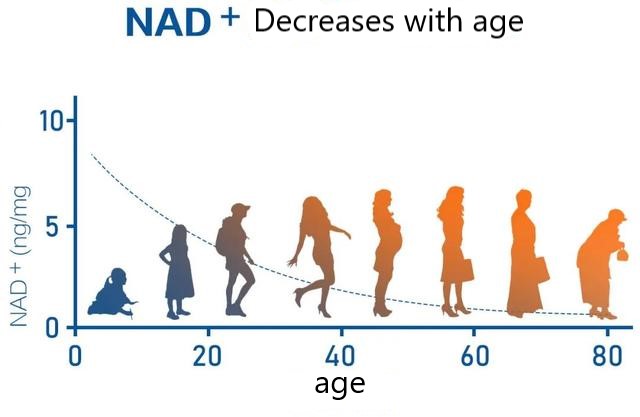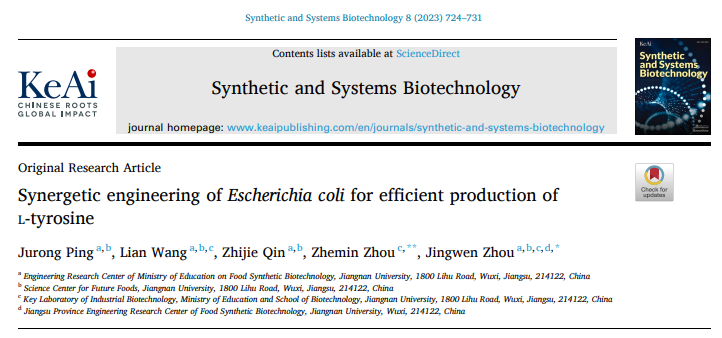What secrets do our cells hold? Science reveals the power of NAD+ and NADH
Our bodies are complex systems made up of billions of cells, and the biochemical reactions inside these cells are the basis of our lives. Among them, NAD+ and NADH are two molecules that play important roles in cells. These molecules, though tiny, play important roles in our bodies.
NAD+ and NADH play a major role in regulating cellular energy metabolism
The specific performance is as follows:
NAD+ can be produced by nicotinamide mononucleotide adenosyltransferase (NMNATs) mediated salvage pathway or de novo pathway, and produces many biological effects through a variety of β-nicotinamide adenine dinucleotide-dependent enzymes. These include NAD+/NADH-dependent dehydrogenases, poly (adp ribose) polymerases (PARPs), sirtuins, mono (adp ribose) transferases (ARTs), adp ribose cyclases, and β-nicotinamide adenine dinucleotide kinases.
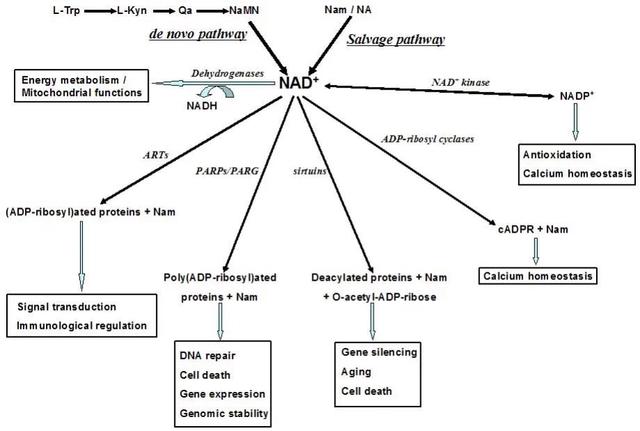
NADH is converted from β-nicotinamide adenine dinucleotide through dehydrogenase mediated reactions, or is produced by a novel pathway through the action of nicotinamide mononucleotide adenosine transferase (NMNATs).
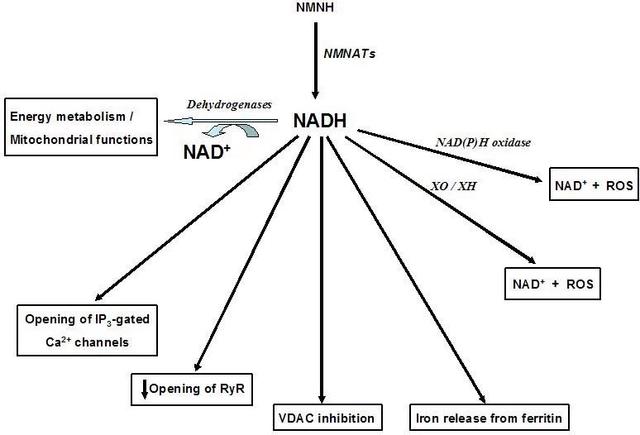
There growing evidence that β-nicotinamide adenine dinucleotide and NADH play key roles not only in energy metabolism, but also in cell death and various cellular functions, including the regulation of calcium homeostasis and gene expression.
The specific performance is as follows:
Adp-ribose cyclases, poly (ADP-ribose) polymerases (PRPs), and sirtuins NAD+ substrates produce Ca2+ mobilization second messengers, including cyclic ADP-ribose (cADPR), ADP ribose, and o-acetyl-ADP-ribose. These messengers can produce the opening of the TRPM2 receptor and the rvanodine receptor (RyR).
β-nicotinamide adenine dinucleotide -dependent mono (ADP-ribosyl) transferases (ARTs) can also affect calcium homeostasis producing mono ADP-ribosylation of the P2X7 receptor (ADP-R-P2X7R).
The conversion of NAD+ to NADH and NADP + NAD+ / NADH-dependent dehydrogenases and NAD+ kinases, respectively, further regulates calcium metabolism:
NADH can induce the opening of Ca2+ channels controlled by ip3 gate and inhibit ryanodine receptor (RyR).
NAADP produced by NADP+ can effectively mobilize intracellular Ca2+ storage dependent on NAADP.
The molecules in the open ellipse the second messengers of calcium mobilization; The cellular component of the open rectangle the target of these second messengers.
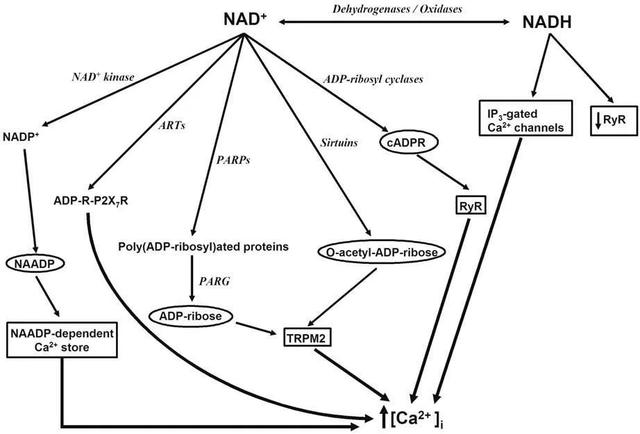
In addition, as we age, the NAD+/NADH balance may change. In Alzheimer’s disease (AD), this shift in balance may exacerbate the progression of the disease.
By adjusting the ratio of NAD+/NADH, it possible to better control the REDOX state and energy metabolism in the organism. This offers new ideas for treating age-related diseases such as Alzheimer’s disease (AD).
References:
Ying W. NAD+ and NADH in cellular functions and cell death. Front Biosci. 2006 Sep 1;11:3129-48. doi: 10.2741/2038. PMID: 16720381.


